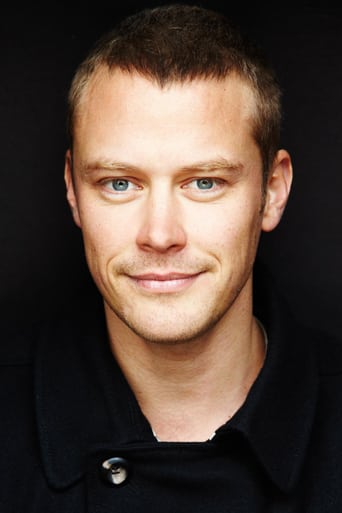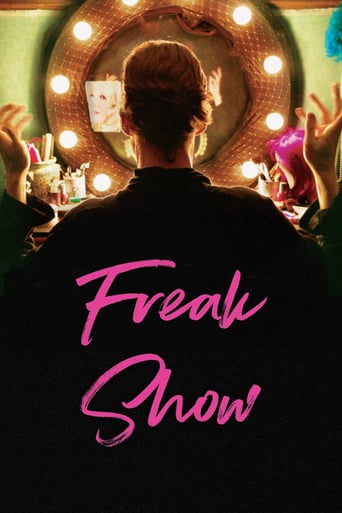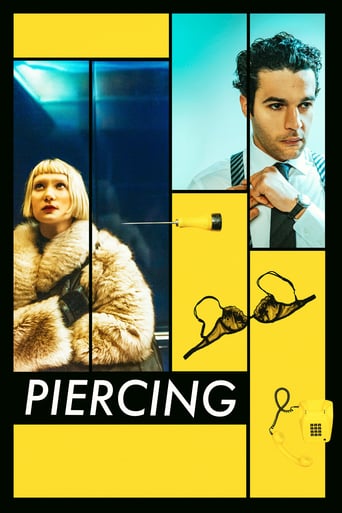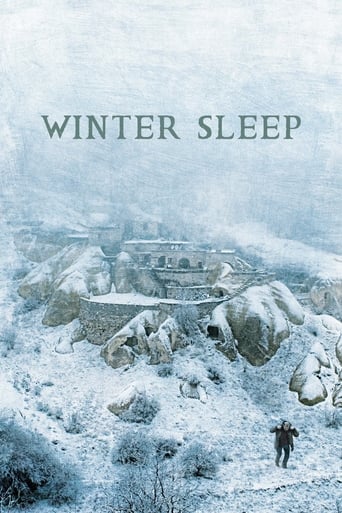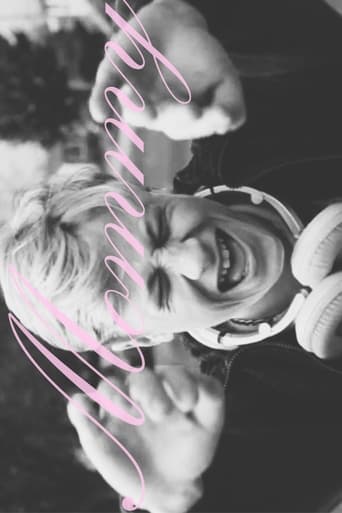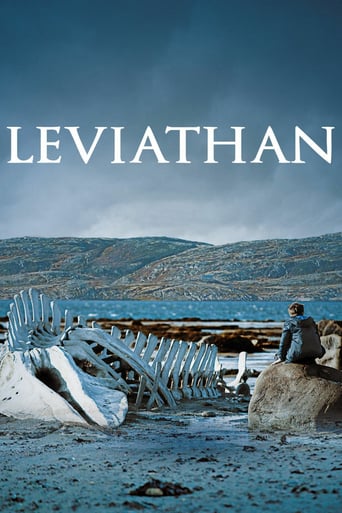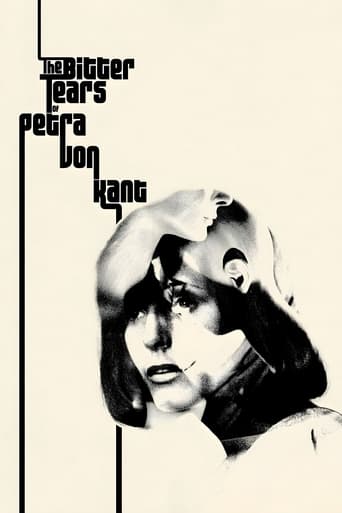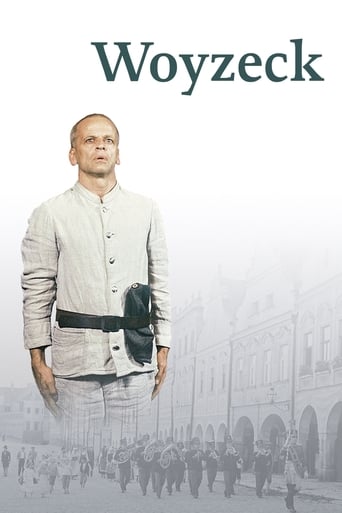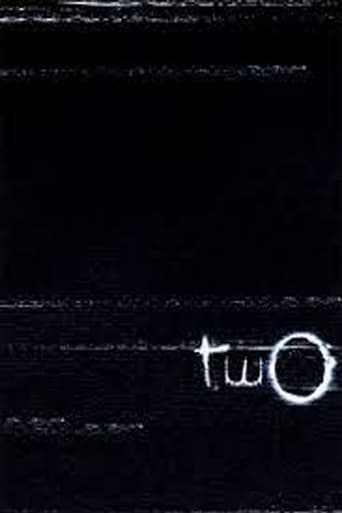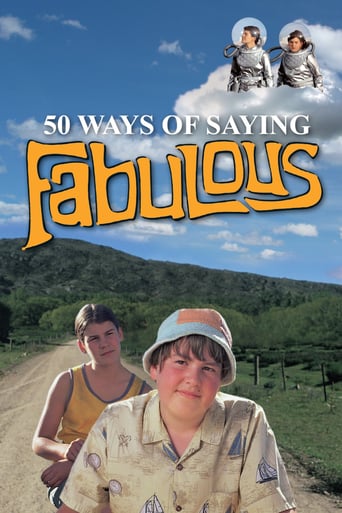
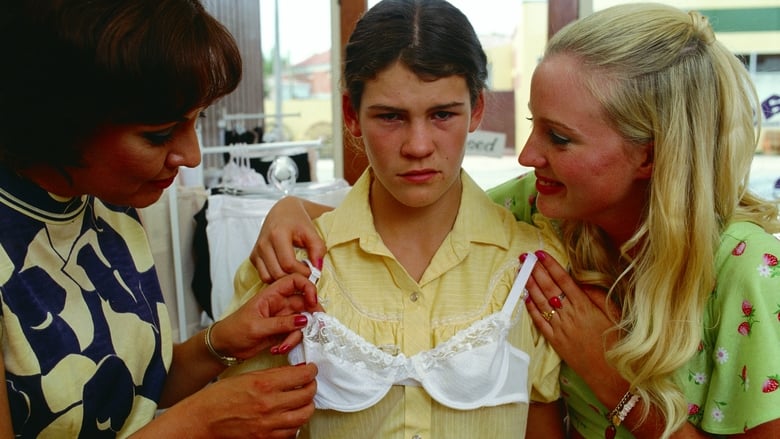
50 Ways of Saying Fabulous (2005)
Sweet, chubby, theatrical Billy was never cut out to be a farmer or a rugby player, but as the only son of a ‘good kiwi bloke’ he’s obliged to try. The cows are stubborn and the chores gruelling but Billy finds escape in a fantasy world playing Lana, heroine of his favourite TV show Adventures in Space. Not everyone approves of Billy's transformation. On the brink of adolescene, he discovers growing up is more complicated than he could ever have imagined.
Watch Trailer
Cast


Similar titles
Reviews
Stewart Main's production is a coming-of-age story that bears little resemblance to other typical and predictable movies. 12 year-old Billy idly watches a TV show with his best friend, a rather tomboyish girl who excels at boys sports and acts a bit manly. Inspired by what he sees on TV, Billy wears a fake ponytail and pretends to be Lana, the heroine of the sci-fi series while Lou, the girl, poses as the male hero. They subvert traditional gender affiliated roles as part of a game, but they are also aware of a certain otherness, a certain counterpart that can exist only in private.The figure of the double, largely described in fantastic literature, is usually developed when the main character fails to recognize his own-self, and starts experiencing a feeling of alienation. The double can adopt several forms, as for instance the form of the exact replica of the character, like in Dostoyevsky's "The double", or on the contrary, it can become the form of an absence of reflection in the mirror image, a horrifying 'presence' as in Maupassant's "Le Horla". Clearly Billy and his friend Lou find an ideal refugee in the form of fictional characters that supply that which they are lacking; Billy is a boy that wishes to be a girl, and Lou is a girl that wishes to be a boy.In this scenario, two other characters will help develop the dynamic of the double. First of all is Roy, the new kid in the school, who soon becomes attracted to Billy. A most revealing moment takes place when Roy is picked on by kids that held him to the ground, as a consequence of all this roughhousing, the young boy exhibits an erection that soon makes the other lads lose interest in him. This moment is defined by the emergence of sexual excitation in Roy's penis, an irruption of the drive of the real in his body; such pulsations also exist in Billy who stays behind and accepts Roy's invitation to touch his "stiffy".Do they experiment joy only through phallic exploration? The phallus has no image, the absence of representation in the visual field "signifies that in everything that is imaginary localization, the phallus appears in the form of a lack". As the days go by, Billy is not acquitted of guilt, but nonetheless he decides to join his friend Roy in a shack, wherein they mutually masturbate. But why does Billy seem uncomfortable after these sessions? Perhaps because if the phallus 'is characterized by a lack', then any image would only 'mask' that lack, evoking something which is absent, and in principle one can define that absence as something that pertains to our bodily existence in so far as what is missing in the virtual image is our real existence itself. In the same way Billy can never truly be Lana, from the TV show, he cannot envision his acts with Roy except in the darkness and secrecy of the shack. But what part of our anatomy permits the distinction between oneself and one's own image, including the multitude of others with whom we tend to identify? It is this distinction that seems to get distorted and somewhat effaced in the phenomenon of the double.The second important character in the story is Jamie, a guy in his twenties. As soon as he enters into the scene, Billy seems to forget all about Roy. He now starts daydreaming about this guy, this strange adult that could eventually pay some attention to him. But before Billy can get closer to Jamie, he must first decide if he should adopt the male or the female position, which is basically the same decision Lou has to make. As the relationship with Roy deteriorates, new problems will arise. The double, again, could signal the coming of ominous events.
Not as true to the book as it could have been. Some of the more feminine moments in the book ended up on the cutting room floor. However congratulations to the young male actors for very brave performances. The golden colours appear too contrived at times and this was unnecessary because the landscape is awe inspiring anyway.At screenings in Wanaka this last week I am told the audience is clapping at the conclusion of each screening. Well done to all involved particularly given the budget the film enjoyed.This is another example of a New Zealand film that takes a universal theme (the complexities and confusions of adolescence and early sexual awareness)and puts it into a very traditional rural context and reminds us of the normality of it all.
Before expressing my opinion, I must say that (while I have no personal involvement in the film project) being a school teacher, who's gay, and who grew up and lives in the area in which this film is set - I strongly identify with it."50 Ways of Saying Fabulous" has a strong ring of authenticity to it. This may not translate well to the world outside Central Otago, New Zealand - but for a local there's a lot to recognise. A 'coming of age' film it is, but it is also a lot more. It's a brave telling of the true childhood stories that we tend not to allow to see the light of adulthood. The actors achieve the perfect balance between the paradoxical naivety and knowingness characteristic of the early teenage years. They inspired me with the bravery of their (sometimes misguided) idealism and the story leads them to expose, through their inevitable frustrations, a lot of the senselessness of the restrictions of our narrow society. I loved the relative absence of developed adult roles. The children were not only the main protagonists, but with the unwavering focus on their story: their view became ours - no translation required. Those who would criticise the 'cheesy low budget space-show' scenes woven throughout the film must surely have forgotten the fantasies of their own childhood, or perhaps they never needed to resort to fantasy to escape an all-too-restrictive daily reality. These sequences really were very funny in all of their overt symbolism.The bravery and incredible sincerity of the outcast character "Roy" (played with unwavering emotional and physical conviction by Jay Collins) struck a chord with me. The tragedy of his determination was almost too much to bear.I found the shifting of accent for the character "Jamie" (played by Michael Dorman) a little jarring. Somehow "South Auckland Polynesian, circa 2005" segued into "Aussie Battler" a few too many times for me to suspend disbelief.The filming, in the stunning wilds of Central Otago, captured the vast emptiness of the place beautifully. The characters owned the terrain, there was nothing else there. The intense colour saturation reinforced the historical nature of the film (It was set in the 70's). The drought, and the constant threat of fire, added beautifully to the undertone of tension. Something might go wrong.Stories like this need to be told over and over in all their variety and colour. I loved sitting in our local cinema surrounded by teenagers from the school at which I teach and seeing them enjoying and responding to the message to "be themselves". New Zealand is perhaps coming of age too, to see a feature film of this nature to fruition.Anyone with a curiosity for the culture of this isolated southern island would do well to catch this film. It adds a new chapter to the story of where we come from as told in the likes of "The Piano", "Heavenly Creatures" and "Once Were Warriors". Fabulous.
The movie tackles a sensitive subject in a way that is accessible to a wide audience. The plot moves at a brisk pace, and the acting is always excellent, especially by the three lead child actors. Dialogue is true to life, and sometimes very funny. I found several of the scenes very moving, especially those where the characters try to come to terms with the complexity of their adolescent emotions. The story concentrates on the children's viewpoint, with adults mostly absent - this is a good idea as puts the focus onto the relationships of the adolescents, which are the most dramatic. The period art direction is faultless, the landscape settings are awesome, and the music adds a nice comic touch. This is a very entertaining film that also carries an important and heartfelt message - that we are all basically the same and need to show each other tolerance and understanding. That's an important message in this day and age.


